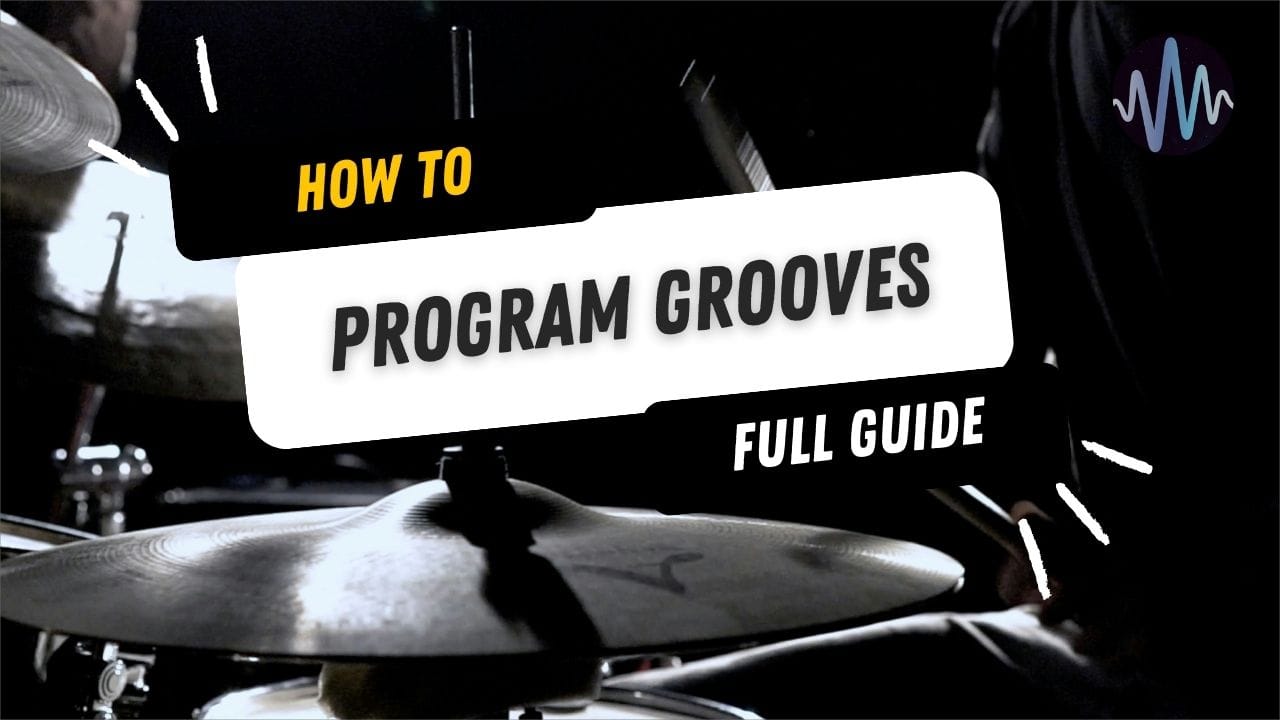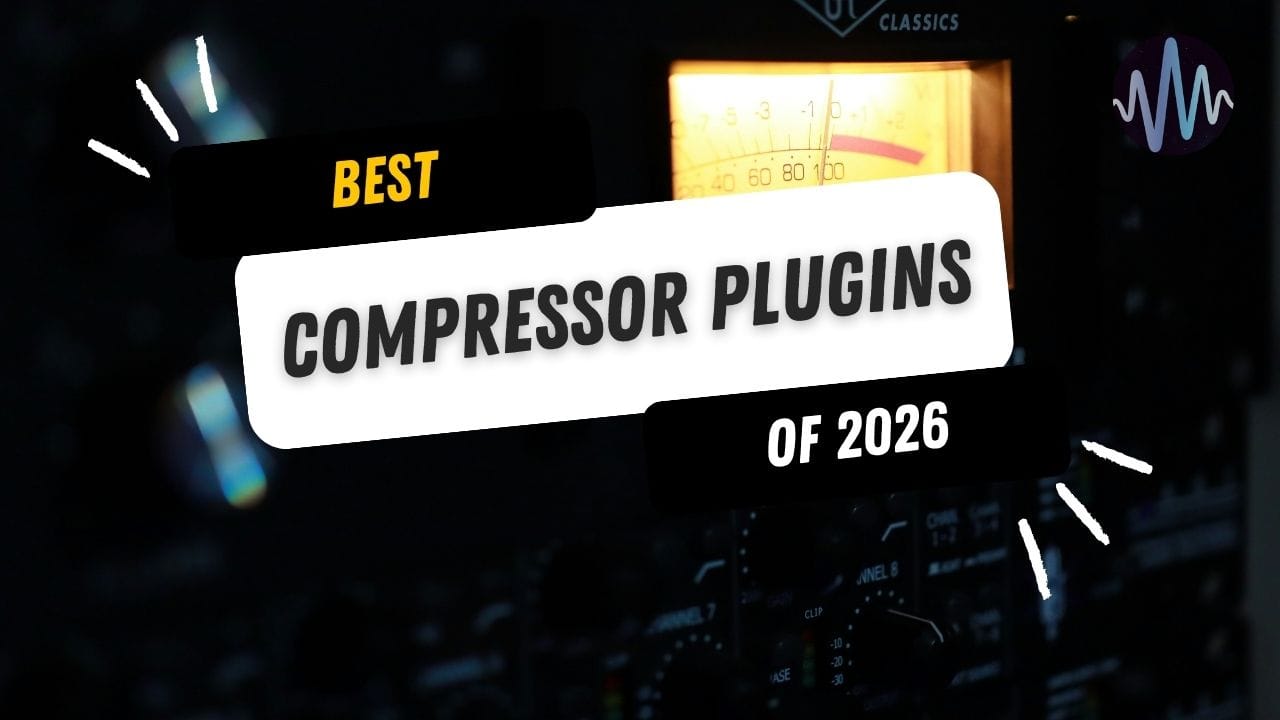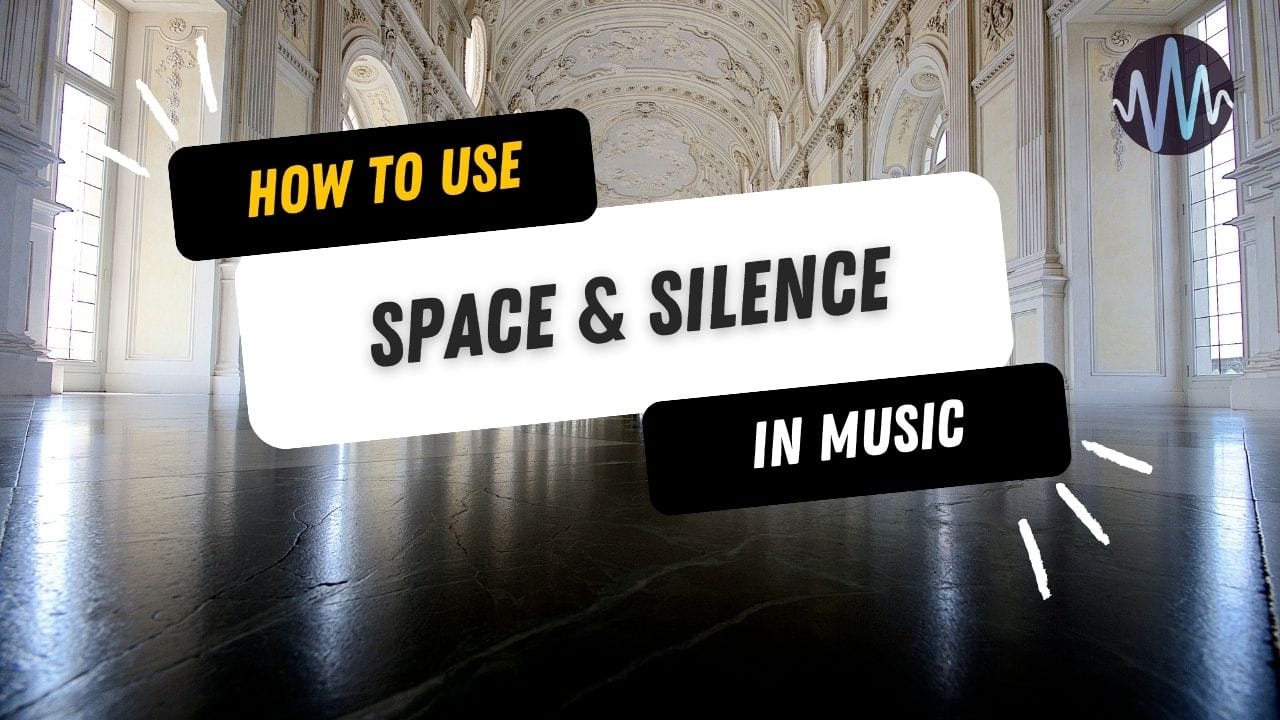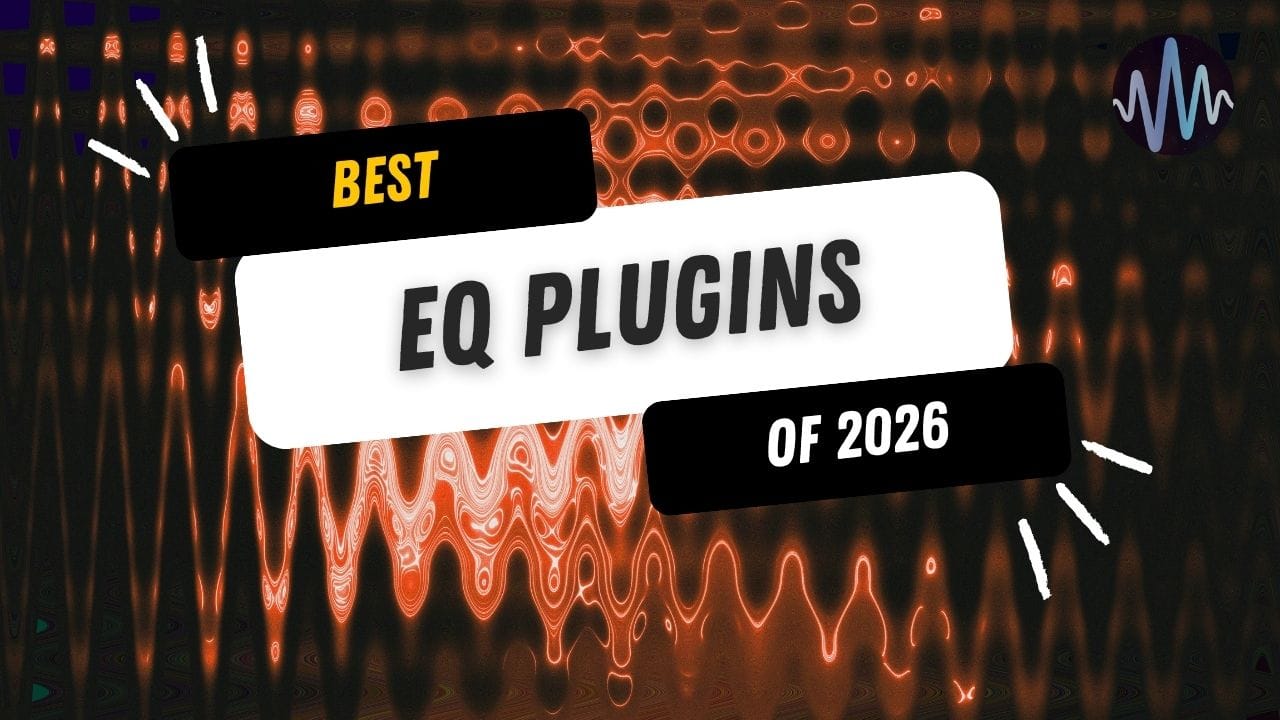Creating an indie digital record label and releasing sampled music tracks has become an empowering path for independent artists. Whether you're an aspiring label owner or a seasoned producer, this guide will explore the essential steps to launch your label and successfully release music with samples.
1. Establishing Your Indie Digital Record Label
Starting an indie digital record label requires careful planning and consideration:
- Define Your Vision: Identify the genres, artists, and types of music you want to promote. Your label's vision will guide your decisions and help you connect with like-minded artists.
- Legal Considerations: Register your label as a legal entity, and consider working with a legal professional to navigate contracts, licensing, and intellectual property rights.
- Branding and Identity: Create a cohesive brand identity, including a logo, color scheme, and mission statement that reflects your label's ethos and musical focus.
2. Legal Aspects of Using Sample Music
When releasing music with samples, understanding the legal landscape is crucial:
- Understanding Licensing: Different samples may have varying agreements. Always read and comprehend the licensing terms before using a sample in a track.
- Royalty-Free Samples: Platforms like Sample Focus often provide clear information on royalty-free samples, suitable for commercial release.
- Attribution and Credits: Follow any attribution requirements specified in the licensing agreement.
3. Promoting Sampled Music Tracks on Your Label
Promotion is key to reaching your target audience:
- Identify Your Target Audience: Focus on platforms and communities that cater to your label's genre.
- Engage with Communities: Participate in online forums, social media groups, and engage with fans and artists.
- Collaborate with Influencers: Collaborate with influencers, DJs, or blogs that align with your genre to boost visibility.
- Utilize Social Media: Share content about how you or your artists used sample music, connecting with fans interested in the creative process.

4. Distribution Platforms for Your Label's Sampled Music
Music distributors connect artists (or record labels) with streaming platforms. This means digital distribution services that deliver your music to platforms like Spotify, Apple Music, Amazon Music, and more.
Keep in mind though, it's not just about getting your music out there, but ensuring it reaches the right ears.
Key Considerations When Choosing a Distributor
- Platform Coverage: Not all distributors deliver to the same set of platforms. While most cover giants like Spotify or Apple Music, if you're targeting niche platforms or regional streaming services, ensure your distributor caters to those.
- Pricing Model: Distributors have varied pricing models. Some might charge an annual fee (like DistroKid), while others may take a percentage of your royalties (e.g., CD Baby). Understand these models and decide what works best for your budget and projected earnings.
- Ease of Use: The user interface and experience matter. As an artist or label, you'd want a hassle-free process. Some platforms provide a more intuitive dashboard and easier track submission process than others.
- Customer Support: When you run into issues or have queries, responsive customer support is crucial. Check reviews or seek peer recommendations about the quality of customer support provided by the distributor.
- Additional Services: Some distributors offer more than just distribution. They might provide promotional tools, playlist pitching services, or even sync licensing opportunities. If these services align with your goals, they might be worth considering.
- Metadata Management: Metadata is the information accompanying your track—artist name, track title, genre, etc. Distributors should provide a comprehensive way for you to manage and ensure the accuracy of this data, as it's crucial for royalties and discoverability.
- Payment Threshold and Methods: Distributors often have a minimum payment threshold before you can withdraw your earnings. Also, consider the methods they offer (PayPal, Bank Transfer, etc.) and choose what suits you.
Exploring Popular Distributors
- DistroKid: Known for its flat annual fee, DistroKid allows unlimited uploads. It’s quick, and they've been praised for their efficient customer service.
- TuneCore: TuneCore has a per-release fee but doesn’t take any of your royalties. They also offer various promotional tools to assist artists in gaining more visibility.
- CD Baby: Unlike the previous two, CD Baby takes a percentage of your earnings but provides an expansive range of services, including physical distribution if you still want CDs or vinyl in circulation.
Choosing the right distribution channels ensures that your music reaches the right listeners:
- Selecting a Distributor: To get onto these platforms, you'll need a digital distribution service. These are intermediaries like DistroKid, TuneCore, or CD Baby. They handle the submission process for you, ensuring your tracks meet platform specifications.
- Advantages: The broad user base of these platforms means a potentially wider reach, more plays, and thus, higher revenue.
- Considerations: There's a lot of competition. Ensure your tracks are polished, and your metadata (track titles, artist names, etc.) is accurate.

Niche Focused Sites: Home for the Genre-Lovers
There's something special about niche platforms. They cater to specific audiences passionate about certain genres.
- Exploration: Websites like SoundCloud, Beatport, and Traxsource cater to specific genres and underground tracks. Explore where your music genre thrives and prioritize those platforms.
- Engagement: With a more dedicated audience, you have better chances of engaging listeners who genuinely appreciate your sound.
- Networking: These platforms can also serve as a networking hub, enabling you to connect with fellow artists and industry influencers.
Direct Sales: Personal Touch with Profit
Selling directly might sound old school, but it's all about the personal touch.
- Platform Choices: Websites like Bandcamp allow you to sell directly to fans. Additionally, setting up an eCommerce section on your label’s website can be a powerful tool.
- Greater Revenue: Direct sales often mean you keep a larger chunk of the earnings compared to streaming platforms.
- Building Relationships: Direct sales platforms offer a more personal interaction with fans. You can offer special editions, bundles, or even behind-the-scenes content to engage your audience.

How do I get my tracks on Beatport?
Here's how to do it:
- Create High-Quality Music: Before anything else, ensure your music is of professional quality. This means well-produced, well-mastered tracks that are ready for distribution.
- Choose a Digital Distributor: Beatport doesn't allow artists to upload tracks directly. You'll need to use a digital distributor (also called an aggregator) to get your music on Beatport and other digital stores. Some popular distributors that can get your music on Beatport include Label Worx, Symphonic Distribution, and Horus Music.
- Sign Up and Choose a Distribution Plan: Once you've selected a distributor, sign up for their service. Different distributors have varied pricing models – some might charge per release, while others may have a yearly fee.
- Upload Your Tracks: Using the distributor's platform, upload your tracks, fill in all the necessary metadata (like artist name, track title, release date, etc.), and select Beatport as one of the platforms you'd like to distribute to. Ensure that all provided information is accurate to avoid any delays.
- Quality Checks: Your distributor will run checks on your music to ensure it meets Beatport's quality and format standards. This includes checking the audio quality, artwork, and metadata.
- Distribution: Once everything is approved, your distributor will send your tracks to Beatport and any other platforms you've chosen.
- Wait for Approval: Beatport will review your tracks. This process can take a few days to a few weeks. Once approved, your music will be live on Beatport for purchase and download.
- Promote Your Music: After your tracks are live on Beatport, it's crucial to promote them. Share the Beatport links on your social media, website, and newsletters, encouraging fans to listen, buy, or include them in their DJ sets.
- Monitor Sales and Payouts: Through your distributor's dashboard, monitor the sales and streams of your tracks on Beatport. Payments will be made based on the agreement you have with your distributor.
Remember, while Beatport is a leading platform, especially for electronic music, always consider distributing to multiple platforms.
5. Artwork and Branding for Sampled Music
Visual presentation is vital:
- Genre-Resonant Artwork: Design artwork that resonates with your label's genre.
- Consistent Branding: Align artwork with your label's brand for a recognizable and trusted image.
- Professional Design: Consider professional design for high-quality artwork that stands out.

Final Words
Creating an indie digital record label and releasing sampled music tracks offers creative control and release the music you feel needs to be heard. But, it takes plenty of work, so be prepared.
First, understand the legal aspects of sample music, craft targeted promotion strategies, choose the right distribution channels, and create cohesive visual branding. From there, you can launch your label and release music that resonates with your audience.
It's all about understanding your needs, budget, and long-term goals, and then weighing them against what different distributors offer, you can make a decision that'll best serve your music's reach and your pocket.






Comments